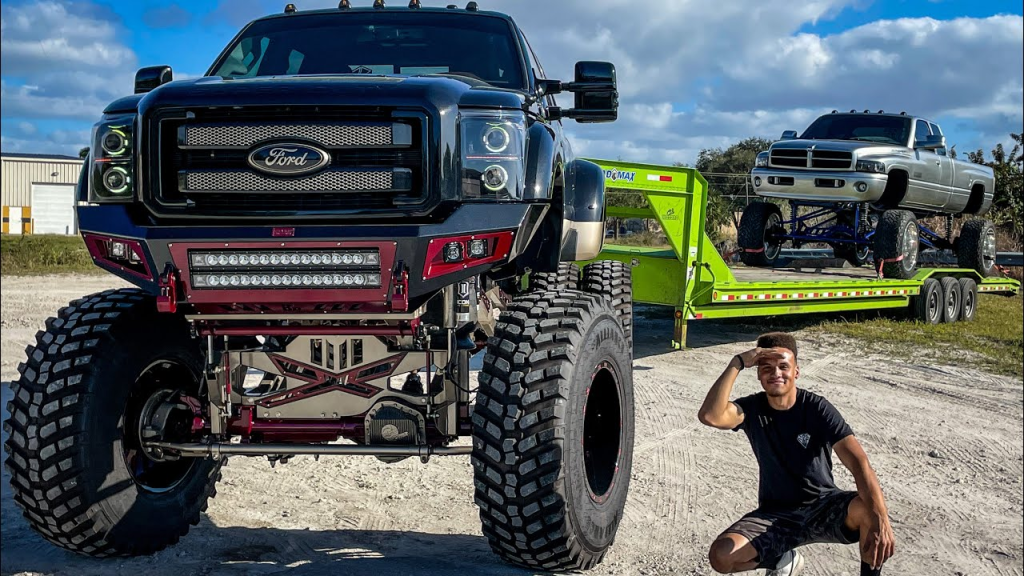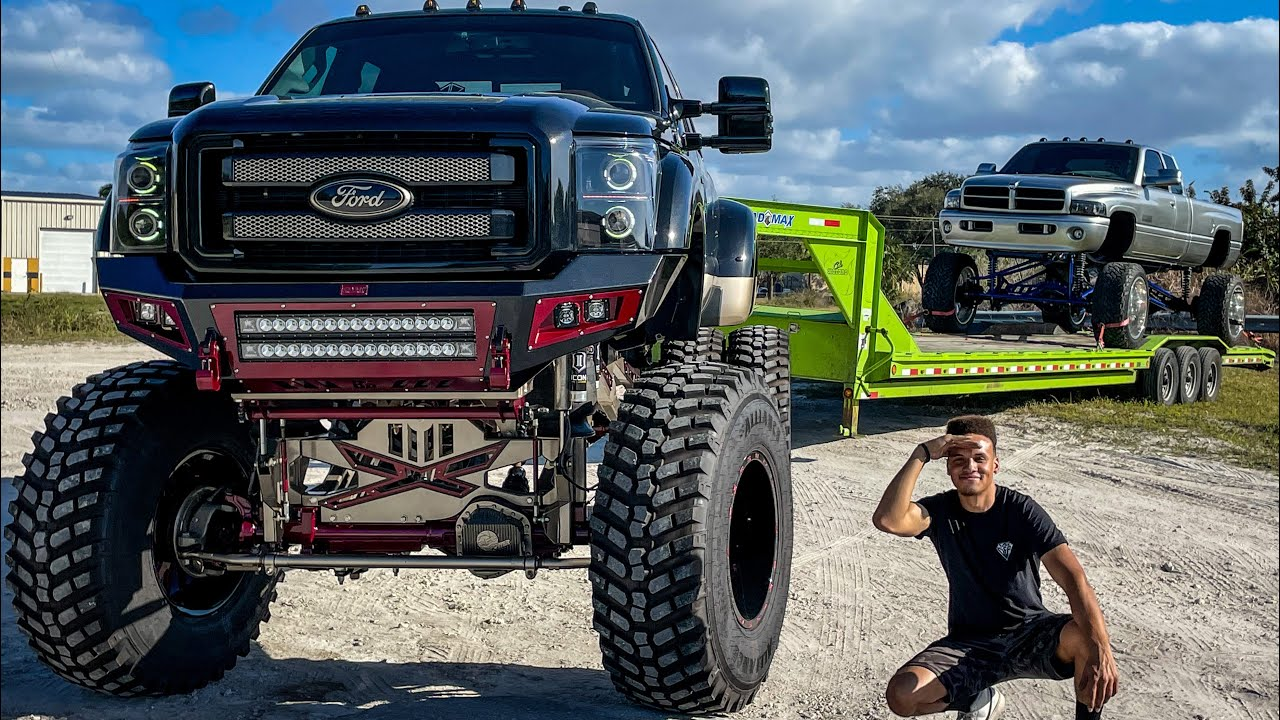Introduction
If you own a lifted truck and often haul heavy loads, finding the right Gooseneck Trailer For Lifted Truck is crucial. Standard trailers may not provide the proper clearance or stability for lifted trucks, which can lead to unsafe towing conditions. With the right trailer, you can transport equipment, vehicles, or cargo safely and efficiently, making your hauling tasks stress-free.

What Is a Gooseneck Trailer For Lifted Truck?
A Gooseneck Trailer For Lifted Truck is specifically designed to connect to the bed of a lifted pickup via a gooseneck hitch. Unlike bumper-pull trailers, gooseneck trailers distribute weight more evenly over the truck’s rear axle, enhancing stability, reducing sway, and increasing payload capacity.
Read too: Franklin Truck Parts Near Me: Your Complete Guide to Local Truck Parts & Repair Solutions
Key Features Include:
- Adjustable height to accommodate lifted trucks
- Heavy-duty construction for maximum durability
- Wide load capacity for commercial or recreational use
- Smooth towing experience with reduced sway
According to a study by the Trailer Manufacturers Association, trucks towing gooseneck trailers report 20–25% less sway than standard hitch trailers, which improves safety significantly.
Why Lifted Truck Owners Prefer Gooseneck Trailers
People Also Ask: Why is a gooseneck trailer better for lifted trucks?
Lifted trucks require trailers that account for extra height and weight distribution. A gooseneck trailer offers:
Advantages vs Disadvantages:
| Advantages | Disadvantages |
|---|---|
| Superior stability for heavy loads | Higher initial cost |
| Even weight distribution | Requires compatible hitch installation |
| Reduced sway and safer towing | Slightly more complex hookup than bumper pull |
| Adjustable for lifted trucks | May require additional height adjustments |
How to Choose the Right Gooseneck Trailer
People Also Ask: What should I look for when buying a gooseneck trailer for a lifted truck?
When selecting a trailer, consider:
- Trailer Height & Clearance: Ensure it matches your truck’s lift height.
- Payload Capacity: Choose a trailer rated for your heaviest expected load.
- Axle Configuration: Tandem axles provide more stability; triple axles are ideal for very heavy loads.
- Material & Build Quality: Steel frames are durable, aluminum is lighter but may be pricier.
- Braking System: Hydraulic or electric brakes improve safety for heavy cargo.
For further technical details on trailers, check Wikipedia on Trailers.
Step-by-Step Guide to Hooking Up Your Trailer
- Position Your Truck: Align the gooseneck ball under the trailer coupler.
- Secure the Coupler: Lock it onto the hitch ball and check tightness.
- Connect Safety Chains: Attach to designated points for extra security.
- Hook Up Brake & Lights: Ensure electrical connections are secure.
- Test Towing: Drive slowly to verify stability before full-speed travel.
Pro Tip: Always measure the bed-to-ground clearance to ensure safe attachment with lifted trucks.
Maintenance Tips for Long-Lasting Use
People Also Ask: How do I maintain a gooseneck trailer?
- Weekly: Inspect tires, lights, and hitch connections.
- Monthly: Check wheel bearings, lubricate moving parts, and inspect brakes.
- Annually: Examine frame for cracks or rust, and replace worn components.
Regular maintenance ensures the trailer stays safe and prolongs its service life, preventing costly repairs.
Common Uses for Lifted Truck Gooseneck Trailers
- Hauling farm equipment or construction machinery
- Transporting vehicles or ATVs
- Moving recreational equipment like boats or RVs
- Commercial cargo hauling
Their versatility makes them indispensable for farmers, contractors, and off-road enthusiasts alike.
FAQ Section
Q1: Can any lifted truck tow a gooseneck trailer?
A1: Most lifted trucks can tow if they have the proper hitch and suspension setup. Always check manufacturer recommendations.
Q2: Do I need a special hitch for lifted trucks?
A2: Yes, a gooseneck hitch compatible with your truck’s height is required to ensure safe towing.
Q3: Are gooseneck trailers safer than bumper-pull trailers?
A3: Generally yes, due to better weight distribution and reduced sway.
Q4: How do I adjust a trailer for a lifted truck?
A4: Use adjustable hitch plates or drop-leg extensions to align the trailer height with your truck bed.
Q5: Can I haul heavy equipment safely with a lifted truck?
A5: Absolutely, as long as the trailer and hitch are rated for your load.
Conclusion
Choosing the right Gooseneck Trailer For Lifted Truck ensures safer towing, better stability, and efficient hauling. With proper selection, setup, and maintenance, your trailer becomes a reliable partner for work or recreation. Share this guide with fellow truck enthusiasts to help them tow smarter and safer!

Leave a Reply